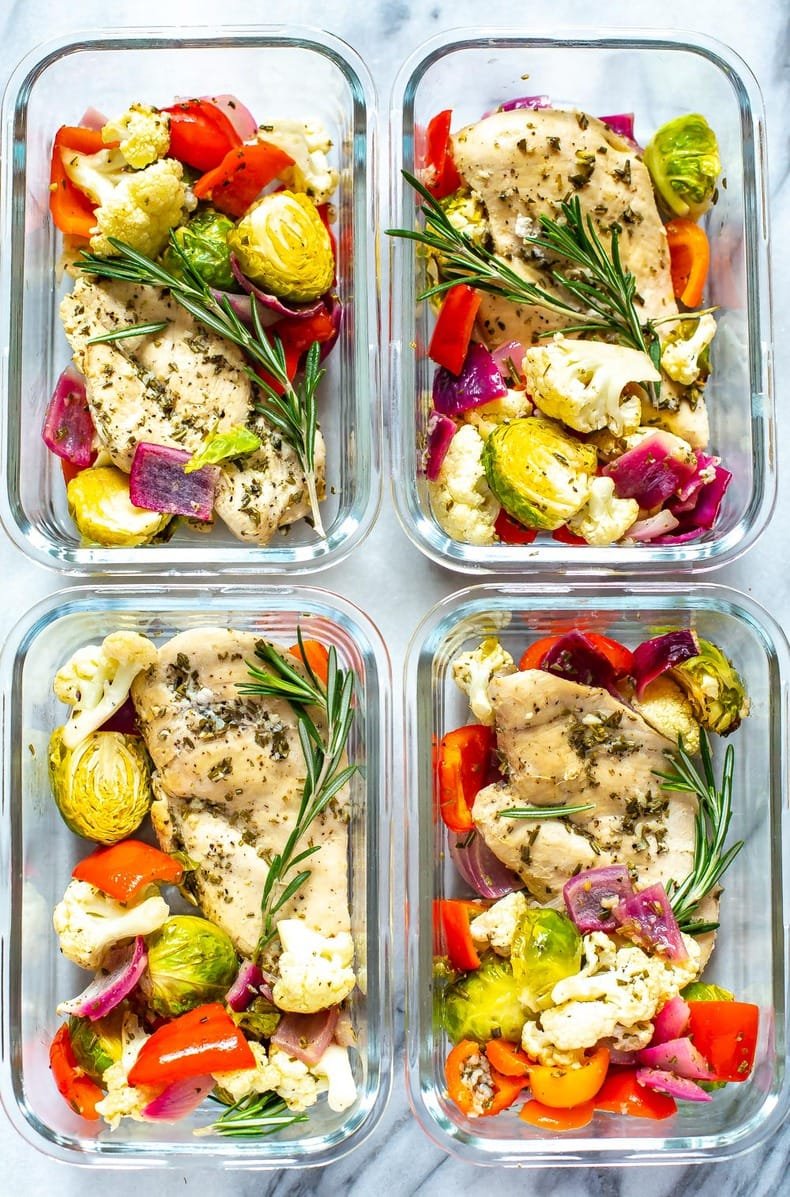Meal Planning Tips
I hope you find this post helpful. If you know anyone that can benefit from this post, please feel free to share it with them.
Meal planning is a great way to save time, money, and ensure you're eating nutritious meals regularly.
Check out my In The Kitchen section and grab your three day meal planner or click on the button below.
Here are some tips to help you get started and make the most of your meal planning:
Set Clear Goals: Determine your meal planning goals, such as eating healthier, saving money, or reducing food waste. This will guide your decisions throughout the process.
Create a Weekly Menu: Plan your meals for the entire week in advance. Consider breakfasts, lunches, dinners, and snacks. Having a clear menu will help you stay on track and avoid last-minute unhealthy choices.
Check Your Pantry and Fridge: Before planning, take inventory of what you already have in your pantry, refrigerator, and freezer. This will help you use up existing ingredients and avoid buying unnecessary items.
Choose Balanced Meals: Aim for balanced meals that include a variety of food groups. Include vegetables, fruits, whole grains, lean proteins, and healthy fats in your meal planning. Scroll down for a delicious and easy chicken sheet pan recipe.
Batch Cooking: Consider batch cooking larger quantities of certain meals that can be easily reheated throughout the week. This saves time and ensures you always have a healthy option available.
Utilize Leftovers: Plan meals in a way that allows you to repurpose leftovers creatively. For example, last night's roasted vegetables could become a topping for a salad the next day.
Keep it Simple: Don't overcomplicate your meal planning. Stick to recipes that are easy to prepare and require minimal ingredients, especially on busy days.
Prep Ahead: Spend some time on meal prep over the weekend or whenever you have free time. Chop vegetables, cook grains, or marinate proteins in advance to streamline the cooking process during the week.
Incorporate Seasonal Produce: Choosing fruits and vegetables that are in season not only adds variety to your meals but can also be more budget-friendly.
Make a Grocery List: Based on your meal plan, create a comprehensive grocery list. Stick to your list while shopping to avoid impulse buys and unnecessary spending.
Use Meal Planning Apps or Templates: Many apps and websites offer meal planning templates and tools to make the process more organized and efficient.
Be Flexible: Life can be unpredictable, so be ready to adapt your meal plan if needed. If you have leftover ingredients, change your plan to use them up before they spoil.
Involve Your Family: If you're planning meals for a family, involve them in the process. Get their input on favorite meals and let them help with prepping and cooking.
Track Your Expenses: Keep track of your meal planning expenses to see how much you're saving over time. Adjust your plan as needed to align with your budget goals.
Don't Forget Hydration: Include water in your meal plan. Proper hydration is essential for overall health and can help control appetite.
Remember, meal planning is a skill that improves with practice. Be patient with yourself and make adjustments based on what works best for you and your lifestyle.
As a nutritionist, I can provide personalized guidance on developing healthy eating habits, creating meal plans tailored to individual needs and goals, and offering ongoing support and accountability to promote long-term success. A nutrition coach helps clients make sustainable changes to their diet, educates them on nutrition principles, assists in setting achievable goals, and motivates them to stay on track. By collaborating with a nutrition coach, you can improve your overall health, manage weight, boost energy levels, and optimize performance in various aspects of their lives.
Pop in your email below to sign up to join my healthy lifestyle community and get 3 power breakfast recipes and 3 lunch recipes that help keep you fuller longer!
Indulge in a flavorful and nutritious meal with this Sheet Pan Rosemary Chicken and Veggies recipe. This dish strikes the perfect balance between satisfying and healthy, making it ideal for lunch or dinner. Packed with the savory flavors of rosemary, garlic, and lemon, this low-carb American dish is a must-try for anyone looking to enjoy a delicious yet wholesome meal. Get ready to savor each bite of this perfectly balanced meal straight from your own kitchen.
SHEET PAN ROSEMARY CHICKEN AND VEGGIES (4 servings)
2 tbsp olive oil
2 tbsp fresh lemon juice
4 oz garlic
2 tbsp rosemary
1 tsp sea salt
1/2 tsp black pepper
2 medium chicken breast
1 medium cauliflower head
1 medium bell pepper
1 cup brussels sprouts
1 small red onion
Directions:
➡️ Preheat oven to 450 F.
➡️ Add olive oil, lemon juice, garlic, rosemary, salt, and pepper to a small bowl and mix to combine.
➡️ Add chicken and veggies to a parchment-lined sheet pan. Drizzle olive oil-lemon juice mixture over top, rubbing it over chicken and tossing veggies.
➡️ Bake for 15-20 minutes, flipping chicken and stirring veggies halfway through until chicken is fully cooked. Time will depend on the size of breasts - the smaller the breast, the lower the cooking time.
➡️ Serve and enjoy!
Or portion into 4 containers for meal prep!
Get personalized recipe recommendations, workout plans, and daily accountability when you train with me:
